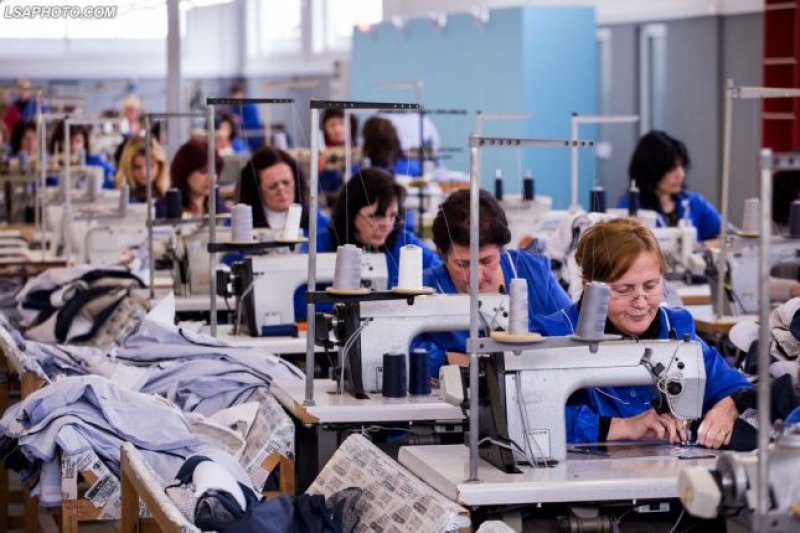Concessionaires Ranked as Most Profitable
Although a difficult year, most large enterprises have managed to maintain stable profit rates, while the decline in income, in many cases, has been offset by the aggressive contraction of spending.
Concessions have continued to be among the most profitable businesses in the country also during the pandemics, proving that financial risk is held mainly by the state, local news provider Monitor reported on Sunday.
Construction sector remains the investment that gives high returns and it is no coincidence that many entities are oriented in this sector.
The manufacturing industry reports single-digit profit rates, not being greedy for capital withdrawals. Fuel traders work "for survival", and large distributors earn little.
The pandemic year was unexpected for many businesses. Quarantine and changing consumer behavior were their main challenges.
Economies of scale, market experience, rapid response, orientation towards information technology (such as remote work, or online sales), or even taking the risk from the state in the case of concession contracts and further flourishing of the real estate enabled many large businesses to maintain satisfactory profits even though they faced declining revenues.
Monitor published its annual ranking of the largest companies in the country, according to profits, based on the list obtained from tax administration and balance sheets deposited in the National Business Center.
The total profit for the 200 largest companies in 2020 was Lek 83 billion, with a contraction of 5% compared to the previous year. 62% of enterprises reported an increase in profit rates. In value, 63% of companies declared profit increases.
The International Labor Organization (ILO) also found that labor productivity in Albania has increased during pandemic, with the value of output per employee, which expanded by almost 5% in 2020, on an annual basis.
Also, the country’s statistics office INSTAT data show that the pandemic has damaged employment more than production, with about 43,000 people leaving the labor market due to the crisis caused by the pandemic.
The year 2020 further highlighted the “parasitic” model of the economy, which encourages and promotes businesses, which have high and easy profits, but have not brought added value to the economy, nor have they promoted productive investments. Manufacturing ventures result in minimal profits and a low level of annual turnover, remaining small and without significant investment.
Companies reported less profits and investments which in the medium term puts the economy in a vicious circle of lack of productivity, while competition from abroad is increasing, also due to the opening of markets.
The same did not happen with the counterparts of the region, especially in Serbia and North Macedonia, which for years are steps ahead in the sophistication of enterprises and the products they produce. These two countries, which have invested in manufacturing and have high value-added exports saw a low contraction (by 2-3 percentage points) of exports of goods and services, relative to gross domestic product, according to the World Bank. .
Albania continued to have this indicator among the lowest in the region, and in 2020 it dropped to 23% of GDP (down by 8 percentage points), from 52% and 58%, respectively, which were these indicators for Serbia and North Macedonia.













